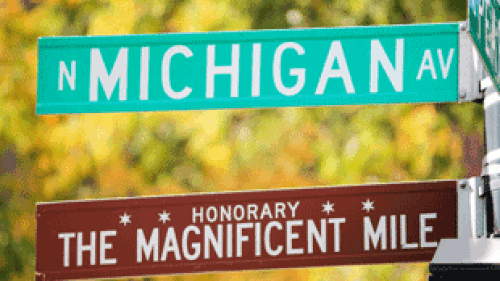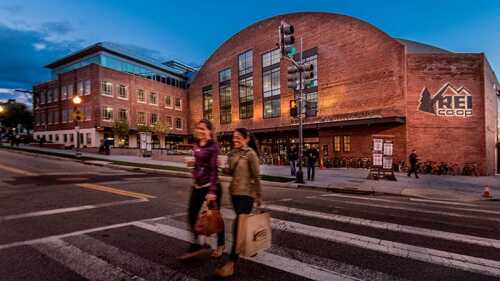Restaurants and coffee-shop chains increased their lead as the most active retail category for international expansion, capitalizing on a global effort by landlords to make their shopping centers more inviting by adding more experiential, internet-proof uses, according to a new report from CBRE.
CBRE’s 11th annual How Global Is the Business of Retail? report noted that restaurants and coffee shops accounted for 25 percent of retailers’ debuts in new countries in 2017, the largest percentage for any retail category. That marked an increase from the restaurant-and-coffee sector’s 18 percent share in 2016.
CBRE’s annual survey spanning 123 cities across 47 countries found numerous examples of cross-border expansion by restaurants and coffee shops, with that category accounting for a quarter to half of new retail entrants in Taipei, Tokyo, Phnom Penh, Abu Dhabi, and Dubai, among others. Examples include the debuts last year of American brand P.F. Chang’s China Bistro in London and French fine-dining brand La Petite Maison in Abu Dhabi.
“Restaurants, along with fashion, always have been among the most exportable retail concepts,” says Anthony Buono, CBRE global president of retail. “That’s even more the case now that shopping center owners across the globe are actively embracing the role of food and beverage in creating compelling consumer experiences that draw in and retain shoppers. This reshaping of retail-center rosters is taking place as much in Asia and Europe as it is in the Americas.”
There could also be consolidation in the space with sandwich chain privately held JAB Holdings, which already owns Panera, acquiring Pret a Manger, according to the Wall Street Journal.
Overall, CBRE’s annual study found that retailers’ cross-border expansion into new markets declined by 2.9 percent last year from 2016 levels. That slight dip reflects the broader trend of retailers making deliberate, data-focused decisions on opening stores that fit best within their combined omnichannel networks of physical stores and online operations.
“International retail expansion is thriving, and it is doing so in a much more targeted manner using location analytics and guidance from expert advisers,” says Brandon Famous, CBRE Americas retail leader and head of global cross-border retail representation. “E-commerce has allowed retailers to showcase their brands for consumers in every corner of the world. In some cases, that means a retailer might not need to establish a flagship store on every high street and can focus on opening in select emerging markets that enhance its omnichannel brand.”
Other findings of CBRE’s annual survey include the following:
- Hong Kong remained the most popular market for new entry by foreign retailers for the third consecutive year, hosting 86 debuts by retailers new to the market last year. The rest of the top five were Dubai (59), Taipei (52), London (49), and Tokyo (46).
- Toronto was the most popular North American destination for new entry by foreign retailers last year, attracting 40 new entrants and ranking seventh globally. Canada proved especially popular with luxury retailers, which accounted for 34 percent of new entrants to the country.
- S. retailers remain the most active global expanders into foreign markets, with 19 percent of retailers expanding into new international markets last year doing so from the United States. The next most active expanders were Italy (10 percent), France (10 percent), Japan (9 percent), and the United Kingdom (8 percent).
- Overall, the United States attracted 32 international retailers to make their debut in the country last year, ranking it 15th among countries for new entrants. Leading those new arrivals were Italian and French mid-range fashion brands such as Bruno Magli and Faith Connexion, restaurants including Italy’s Nutella Café, and grocers such as Germany’s Lidl.
- Within the United States, New York attracted the most debuts by international retailers (15), followed by Miami (10), Philadelphia (8), San Francisco (7), and San Diego (6). Among new entrants in New York last year were India’s Anita Dongre, Italy’s Intimissimi, and Turkey’s John Paul Ataker.
To view the entire How Global Is the Business of Retail? report, click here.



